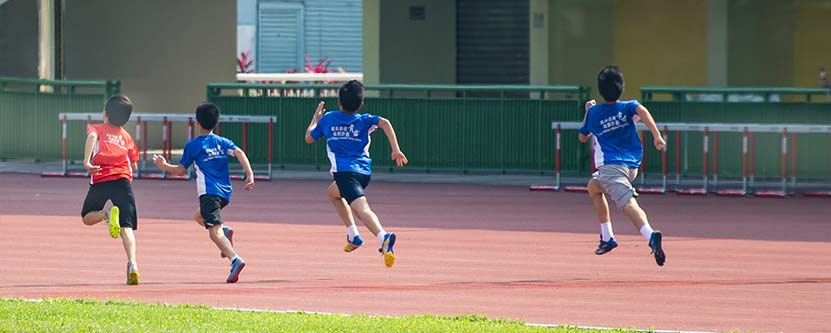It has been found that exercise can exert an extremely high level of stress on the body. For example, in cases of lethally high fever, the body
[the_ad id=”6083″]
metabolism increases to approximately 100% above normal, while the metabolism of the body during a marathon race increases to 2000% above normal!
Increasing awareness about the importance of leading a healthy lifestyle has encouraged many people to take up sports and include exercise in their daily lives.
Benefits of Exercise
Exercise has been defined as an activity for the express purpose of improving fitness or health. Exercising regularly is important as it has many advantages, which include –
- Improving insulin sensitivity
- Enhancing glycemic control in people with Type 2 Diabetes (and hence, decreasing overall mortality)
- Reducing risk of high/low blood pressure
- Increasing high-density lipoprotein levels
Moreover, considerable data is available to prove that exercise can reduce the prevalence of colon cancer and endometrial cancer. Exercise also helps with osteoarthritis and obesity, as well as reportedly benefits people with migraine headaches and fibromyalgia.
There exist several types and methods of exercises to match your age and lifestyle.
Types of Exercise
Physical activity includes all forms of activity (e.g., occupational, recreational, sports-related) that are performed without the specific purpose of fitness or health. Different types of exercise are as follows:
- Aerobic (e.g., walking, swimming)
- Anaerobic (e.g., sprinting)
- Isotonic (e.g., lifting weights)
- Strength or resistance training
Resistance training: This involves providing some form of resistance to the contracting muscles to stimulate the body to increase strength. Multiple types of equipment are used for resistance training, including hand weights; cam machines; pulleys; and hydraulic, elastic, rubber, fiberglass, and magnetic equipment. This is very important to improve functionality and reduce the risk of injury. As people age the lean tissue (muscles) decline more from lack of use than from aging itself. Thus, regularly performing some type of resistance training is imperative.
As the demand on the heart is generally less during strength training than while walking at a moderate pace, resistance training is regarded as safe for patients with several heart conditions. Patients should never strain or hold their breath while attempting to lift something; straining can adversely affect blood flow to the heart, therefore it’s important that exercises and sports related activities are performed in the right way.
Selecting the right physical activities
Select physical activities that are enjoyable, use most of the muscles, are rhythmic, and may be sustained for several minutes to an hour. When you think of exercise than it is imperative you follow the ‘FITT’ plan –Frequency, Intensity, Time, and Type plan.
-
- Frequency: This is how often per week one will perform the exercise. Plan on most days of the week.
- Intensity: This is how hard one exercises. Moderate effort is appropriate.
- Time: This is the duration of each session. Start off with as little as needed (10 min if necessary).
- Type: This is the choice of physical activity, which can include recreational activities and domestic or occupational activities.
However, many a times due to lack of proper guidance, the very activities which are supposed to make you healthy and fit may lead to injuries. This, in turn, can hinder physical movement and discourage one from pursuing it, thus putting a stop to a beneficial and enjoyable activity.
Common sports injuries
- Concussion – caused by severe head trauma where the brain moves violently within the skull so that brain cells all fire at once, much like a seizure
- Muscle Cramps – a sudden tight, intense pain caused by a muscle locked in spasm. Muscle cramps are also recognized as an involuntary and forcibly contracted muscle that does not relax
- ACL Sprains – The anterior cruciate ligament (ACL) is a ligament involved in knee stabilization. An ACL rupture can occur when the foot is planted and the knee twists to change direction.
- Ankle Sprain – The ligaments that hold the ankle bones in place can easily be overstretched.
- Shin Splints – The tissue that attaches the muscles of your lower leg to the shin bone may be pulling away from the bone, or it may be inflamed from overuse.
Source:

